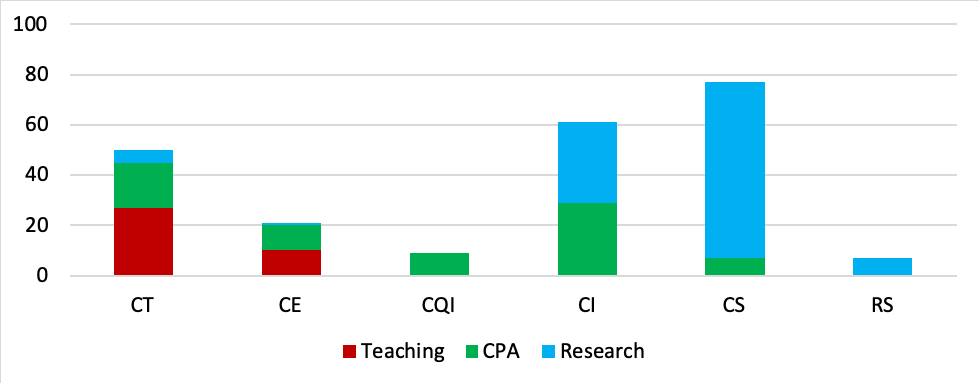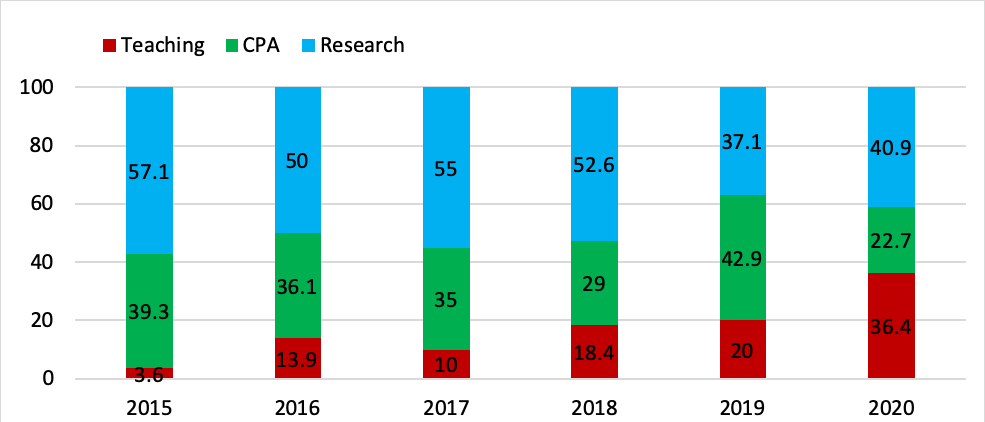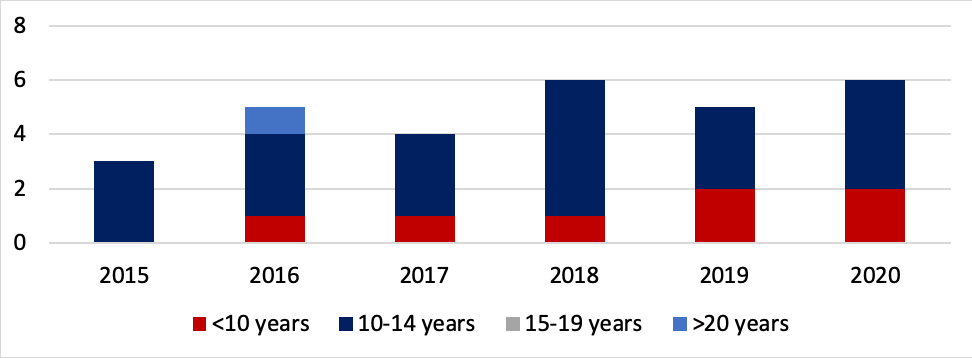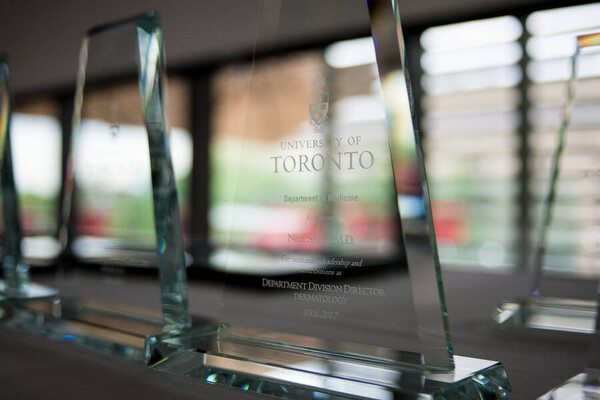Main Second Level Navigation
Feb 4, 2020
Chair's Column: Championing the Promotion of our Faculty on the Basis of Sustained Excellence in Teaching
About Us, Cardiology, Clinical Immunology & Allergy, Clinical Pharmacology & Toxicology, Division of Dermatology, Education, Emergency Medicine, Endocrinology & Metabolism, Faculty, Gastroenterology & Hepatology, General Internal Medicine, Geriatric Medicine, Hematology, Infectious Diseases, Medical Oncology, Nephrology, Neurology, Occupational Medicine, Palliative Medicine, Physical Medicine & Rehabilitation, Quality & Innovation, Research, Respirology, Rheumatology


 In my first year as Chair, I heard repeatedly that the University valued researchers more than teachers and clinicians. As with any academic department in the Faculty of Medicine, we need all three pillars of the academic mission – clinical care, teaching/education and research - to be successful. We had clearly not demonstrated this in our practices. One glaring problem was that the hill to climb from Assistant to Associate or Associate to Full Professor seemed steeper for teachers than for researchers. While benchmarks for excellence in research are relatively straightforward, such as publications, grants and invited lectureships, this could not be said for the benchmarks for sustained excellence in teaching.
In my first year as Chair, I heard repeatedly that the University valued researchers more than teachers and clinicians. As with any academic department in the Faculty of Medicine, we need all three pillars of the academic mission – clinical care, teaching/education and research - to be successful. We had clearly not demonstrated this in our practices. One glaring problem was that the hill to climb from Assistant to Associate or Associate to Full Professor seemed steeper for teachers than for researchers. While benchmarks for excellence in research are relatively straightforward, such as publications, grants and invited lectureships, this could not be said for the benchmarks for sustained excellence in teaching. Between the 2014-15 and 2019-20 academic years, we have sent 232 faculty members’ dossiers forward to the decanal committee for consideration (the 2019-20 group is under review now). Of the 232, 21 are clinician educators (CEs) and 47 are clinician teachers (CTs).
Between the 2014-15 and 2019-20 academic years, we have sent 232 faculty members’ dossiers forward to the decanal committee for consideration (the 2019-20 group is under review now). Of the 232, 21 are clinician educators (CEs) and 47 are clinician teachers (CTs). Given this, I looked at the proportion of faculty members seeking promotion based on SET per year since we implemented the above-noted strategies (Figure 2). I was so happy to see the results!
Given this, I looked at the proportion of faculty members seeking promotion based on SET per year since we implemented the above-noted strategies (Figure 2). I was so happy to see the results! POINT THREE: Although the total number of promotions based on SET over the past five years is relatively small (n=38), the proportion that were promoted less than ten years from appointment or last promotion has increased.
POINT THREE: Although the total number of promotions based on SET over the past five years is relatively small (n=38), the proportion that were promoted less than ten years from appointment or last promotion has increased.